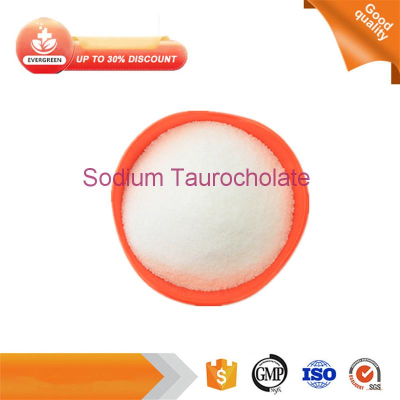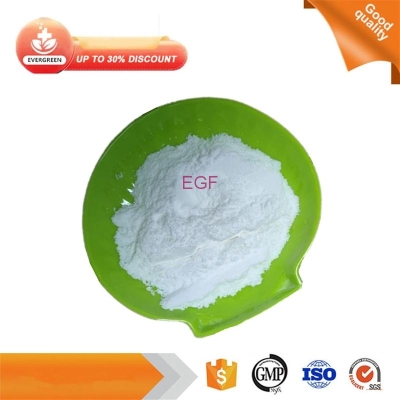-
Categories
-
Pharmaceutical Intermediates
-
Active Pharmaceutical Ingredients
-
Food Additives
- Industrial Coatings
- Agrochemicals
- Dyes and Pigments
- Surfactant
- Flavors and Fragrances
- Chemical Reagents
- Catalyst and Auxiliary
- Natural Products
- Inorganic Chemistry
-
Organic Chemistry
-
Biochemical Engineering
- Analytical Chemistry
- Cosmetic Ingredient
-
Pharmaceutical Intermediates
Promotion
ECHEMI Mall
Wholesale
Weekly Price
Exhibition
News
-
Trade Service
Introduction Non-alcoholic fatty liver disease (NAFLD) is the most common cause of chronic liver disease in the world
.
The Japanese Society of Gastroenterology (JSGE) and the Japanese Society of Liver Diseases (JSH) formulated relevant guidelines in 2014 and revised the guidelines in 2020
.
As stated in the guidelines, weight loss through diet and/or exercise therapy plays a very important role in the treatment of NAFLD patients
.
Recently, experts from Japan summarized evidence-based interventions for the treatment of NAFLD patients (especially Asian patients) through life>
.
10 clinical practice recommendations on life>
.
For obese patients with NAFLD, it is recommended to lose 7% or more of their weight
.
Elderly NAFLD patients should pay attention to avoid sarcopenia and weakness during weight loss
.
2.
NAFLD patients should follow a Japanese and/or Mediterranean diet, which is characterized by a rich variety of foods (beans, processed beans, fruits, pickles, mushrooms, and seaweed) and low red meat intake
.
Short-term carbohydrate-restricted diets in obese patients with NAFLD can reduce liver fat
.
3.
Patients with lean NAFLD should be encouraged to improve their life>
.
For non-obese NAFLD patients, it is recommended to lose 3-5%
.
The beneficial exercise regimen for non-obese NAFLD patients is not yet clear
.
For elderly patients at high risk of sarcopenia, low-intensity exercises such as walking (20 minutes/day) or resistance exercises of the lower limbs and trunk (2 times/week) are recommended
.
4.
NAFLD patients should limit excessive intake of fructose
.
Increasing the intake of dietary fiber can reduce the risk of NAFLD
.
5.
The effects of other dietary nutrients (such as vitamins, trace elements, and phytochemicals) have not been fully studied to support their efficacy in NAFLD patients
.
6.
The total energy intake should be optimized first
.
Frequent eating (6 times or more), fast eating, skipping breakfast, and eating snacks at night are related to obesity and NAFLD eating habits and should be adjusted
.
7.
In obesity and NAFLD patients, the plasma levels of branched chain amino acids (BCAA) are usually elevated, and the clinical value of supplementation with BCAA-rich foods or BCAA replacement therapy in these patients is unclear
.
When non-alcoholic steatohepatitis (NASH) is in the advanced stage of fibrosis and complications such as hepatic encephalopathy and ascites occur, supplementation of BCAA should be considered to improve liver function reserve
.
8.
It is recommended that NAFLD patients do physical activity/exercise regularly
.
The recommended target program is 4.
5 MET for aerobic exercise, 45 minutes/time, 3 times a week, or resistance exercise 3.
5 MET, 45 minutes/time, 3 times a week
.
Before starting high-intensity physical activity/exercise, the cardiac function of patients at high risk of cardiovascular disease and elderly patients should be assessed
.
9.
Adult patients with NAFLD should limit alcohol (including light drinking) to prevent progression to advanced liver disease
.
10.
Sarcopenia is a common complication of NAFLD
.
However, there is no clear conclusion about whether nutritional therapy and exercise intervention should be given priority to NAFLD-related sarcopenia
.
Nutritional therapy should be based on BCAA preparations, and exercise intervention should be based on the patient's condition (especially patients with liver cirrhosis)
.
References: Kamada Y, Takahashi H, Shimizu M, et al.
Clinical practice advice on lifestyle modification in the management of nonalcoholic fatty liver disease in Japan: an expert review[J].
J Gastroenterol.
2021 Dec;56(12): 1045-1061.
doi: 10.
1007/s00535-021-01833-9.
.
The Japanese Society of Gastroenterology (JSGE) and the Japanese Society of Liver Diseases (JSH) formulated relevant guidelines in 2014 and revised the guidelines in 2020
.
As stated in the guidelines, weight loss through diet and/or exercise therapy plays a very important role in the treatment of NAFLD patients
.
Recently, experts from Japan summarized evidence-based interventions for the treatment of NAFLD patients (especially Asian patients) through life>
.
10 clinical practice recommendations on life>
.
For obese patients with NAFLD, it is recommended to lose 7% or more of their weight
.
Elderly NAFLD patients should pay attention to avoid sarcopenia and weakness during weight loss
.
2.
NAFLD patients should follow a Japanese and/or Mediterranean diet, which is characterized by a rich variety of foods (beans, processed beans, fruits, pickles, mushrooms, and seaweed) and low red meat intake
.
Short-term carbohydrate-restricted diets in obese patients with NAFLD can reduce liver fat
.
3.
Patients with lean NAFLD should be encouraged to improve their life>
.
For non-obese NAFLD patients, it is recommended to lose 3-5%
.
The beneficial exercise regimen for non-obese NAFLD patients is not yet clear
.
For elderly patients at high risk of sarcopenia, low-intensity exercises such as walking (20 minutes/day) or resistance exercises of the lower limbs and trunk (2 times/week) are recommended
.
4.
NAFLD patients should limit excessive intake of fructose
.
Increasing the intake of dietary fiber can reduce the risk of NAFLD
.
5.
The effects of other dietary nutrients (such as vitamins, trace elements, and phytochemicals) have not been fully studied to support their efficacy in NAFLD patients
.
6.
The total energy intake should be optimized first
.
Frequent eating (6 times or more), fast eating, skipping breakfast, and eating snacks at night are related to obesity and NAFLD eating habits and should be adjusted
.
7.
In obesity and NAFLD patients, the plasma levels of branched chain amino acids (BCAA) are usually elevated, and the clinical value of supplementation with BCAA-rich foods or BCAA replacement therapy in these patients is unclear
.
When non-alcoholic steatohepatitis (NASH) is in the advanced stage of fibrosis and complications such as hepatic encephalopathy and ascites occur, supplementation of BCAA should be considered to improve liver function reserve
.
8.
It is recommended that NAFLD patients do physical activity/exercise regularly
.
The recommended target program is 4.
5 MET for aerobic exercise, 45 minutes/time, 3 times a week, or resistance exercise 3.
5 MET, 45 minutes/time, 3 times a week
.
Before starting high-intensity physical activity/exercise, the cardiac function of patients at high risk of cardiovascular disease and elderly patients should be assessed
.
9.
Adult patients with NAFLD should limit alcohol (including light drinking) to prevent progression to advanced liver disease
.
10.
Sarcopenia is a common complication of NAFLD
.
However, there is no clear conclusion about whether nutritional therapy and exercise intervention should be given priority to NAFLD-related sarcopenia
.
Nutritional therapy should be based on BCAA preparations, and exercise intervention should be based on the patient's condition (especially patients with liver cirrhosis)
.
References: Kamada Y, Takahashi H, Shimizu M, et al.
Clinical practice advice on lifestyle modification in the management of nonalcoholic fatty liver disease in Japan: an expert review[J].
J Gastroenterol.
2021 Dec;56(12): 1045-1061.
doi: 10.
1007/s00535-021-01833-9.







